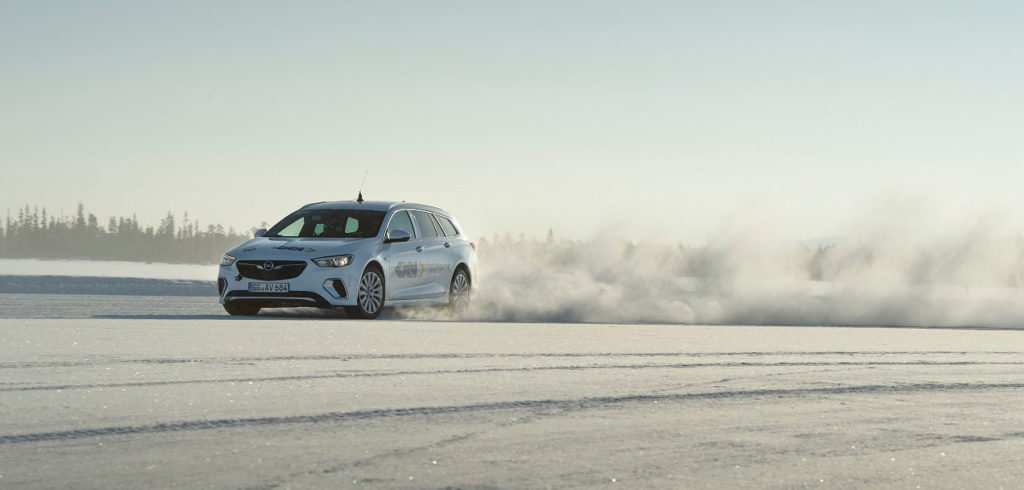This year GKN Driveline is celebrating 30 years of its cold weather testing program in Scandinavia. Originally a small operation run from a single garage over a few weeks, GKN’s ‘Wintertest’ is now a major multi-month event with up to 20 cars and a full team of engineers.
Located just 100km from the Arctic Circle, GKN’s test track facility in Arjeplog, Sweden, provides a hostile driving environment that amplifies the impact of its technologies on vehicle performance. With temperatures reaching as low as -40°C, the climate enables its team of engineers to analyze and fine tune systems far quicker than if tested in normal road and weather conditions.
Back in 1988, during GKN’s first Wintertest, the driveline systems being tested included a range of viscous-fluid couplings for all-wheel drive (AWD) and limited-slip differential (LSD) functions.
The evaluation and development led to breakthroughs such as the first fast-rotating hang-on AWD drivetrain and cutting-edge LSD systems that have had a lasting impact on GKN’s product range. Since then, the testing process has advanced significantly, moving from handwritten records and mechanical adjustments to real-time data and on-the-fly software tuning.
Subsequent breakthroughs have included the development of Electronic Torque Manager (ETM) technology: an active eLSD application that leverages advanced traction and brake control systems. The ETM eLSD, which was honed during Wintertest activities, now appears on a wide range of high-performance sports cars and premium vehicles.
As GKN has continued to develop systems with an even keener focus on traction and lateral dynamics, extreme cold weather testing on low-friction surfaces has become an even more critical element of evaluation. This has also resulted in the development of more detailed torque measurement and instrumentation processes. In turn, GKN has been able to offer its customers ever greater possibilities for analyzing and altering the characteristics for each individual vehicle application.
Michael Ricks, director of global engineering capabilities at GKN, said, “We have moved from purely mechanical systems to state-of-the-art eDrive units, and the testing process has likewise become more digitized, with a significant focus on software calibration – making it quicker and more efficient than ever to make adjustments to the vehicle dynamics.”
The 30-year history of GKN’s Wintertest program also reflects its growth into the electrification market. The business’s early development of electronic control systems for vehicle dynamics – including integration of ECUs, actuators, sensors and software – has helped to lower barriers to entry for GKN in more recent years. At Wintertest 2018, GKN will showcase numerous state-of-the-art eDrive systems, including coaxial e-axles, the intelligent Multi-Mode e-transmission, and the brand new eTwinsterX with a two-speed gearbox and precision torque vectoring.
“When we first started testing in Arjeplog, we had a relatively small presence, but over the last 30 years GKN has expanded its Wintertest program substantially,” added Ricks. “We now have up to 25 engineers working here, and between 15 and 20 vehicles at different stages of testing.”
GKN has three test courses at its Arjeplog site, all located on a frozen lake: a circle with a diameter of 250m, a vehicle dynamics pad of 1.5km and a winding course of about 3km. All three courses are used for assessing the safety, durability and performance of its driveline systems, and determining driving stability and vehicle behavior.
Last year, GKN expanded its Wintertest program with a new facility at the Smithers Winter Test Center (SWTC) in Brimley, Michigan.
March 1, 2018


